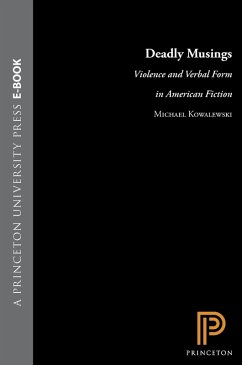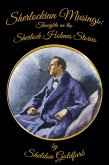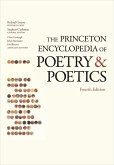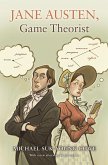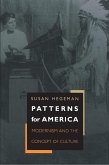"Violent scenes in American fiction are not only brutal, bleak, and gratuitous," writes Michael Kowalewski. "They are also, by turns, comic, witty, poignant, and sometimes, strangely enough, even terrifyingly beautiful." In this fascinating tour of American fiction, Kowalewski examines incidents ranging from scalpings and torture in The Deerslayer to fish feeding off human viscera in To Have and Have Not, to show how highly charged descriptive passages bear on major issues concerning a writer's craft. Instead of focusing on violence as a socio-cultural phenomenon, he explores how writers including Cooper, Poe, Crane, Hemingway, Faulkner, Wright, Flannery O'Connor, and Pynchon draw on violence in the realistic imagining of their works and how their respective styles sustain or counteract this imagining.
Kowalewski begins by offering a new definition of realism, or realistic imagining, and the rhetorical imagination that seems to oppose it. Then for each author he investigates how scenes of violence exemplify the stylistic imperatives more generally at work in that writer's fiction. Using violence as the critical occasion for exploring the distinctive qualities of authorial voice, Deadly Musings addresses the question of what literary criticism is and ought to be, and how it might apply more usefully to the dynamics of verbal performance.
Kowalewski begins by offering a new definition of realism, or realistic imagining, and the rhetorical imagination that seems to oppose it. Then for each author he investigates how scenes of violence exemplify the stylistic imperatives more generally at work in that writer's fiction. Using violence as the critical occasion for exploring the distinctive qualities of authorial voice, Deadly Musings addresses the question of what literary criticism is and ought to be, and how it might apply more usefully to the dynamics of verbal performance.

